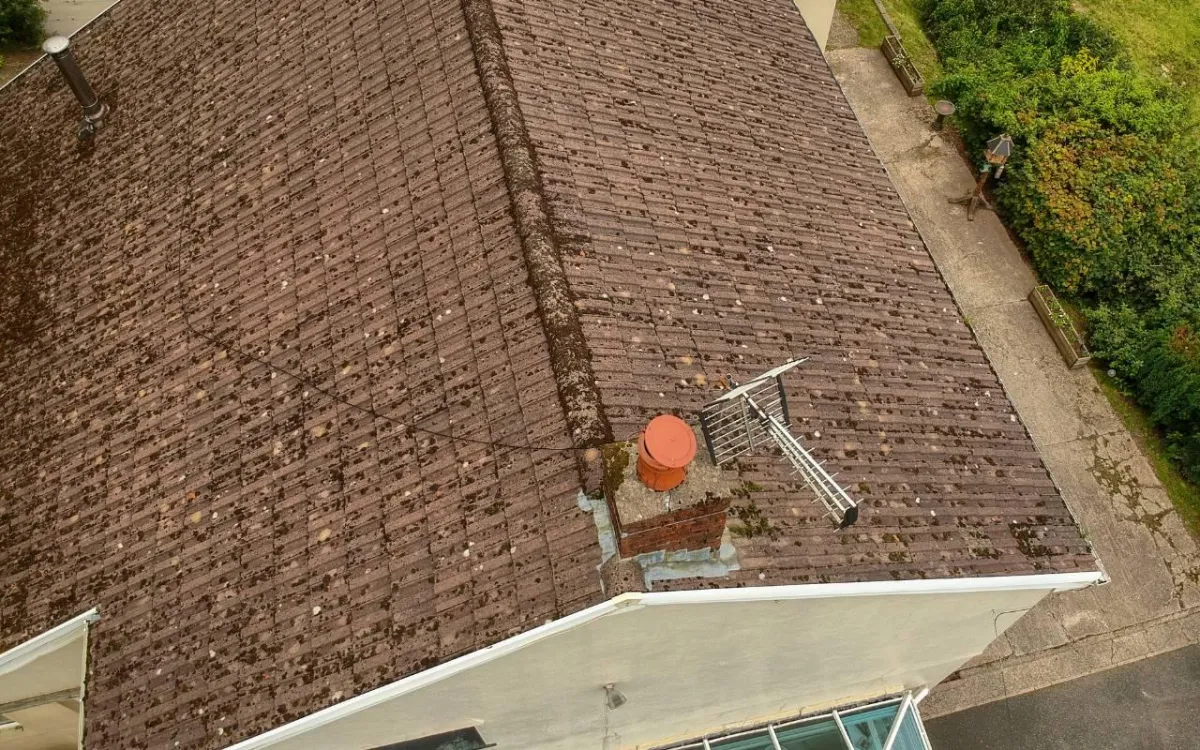
Post-Storm Roof Inspections in White Plains: What to Check (DIY & Pro)
After storm clouds clear, White Plains homeowners often step outside to assess the damage. Strong winds and hail may have harmed your roof, sometimes in ways not immediately visible. Roof inspection after fall storms White Plains is essential to protect your home and ensure safety. Ignoring these issues could lead to hidden leaks and costly repairs later. Whether you handle a quick check yourself or call professionals, knowing what to look for makes the process smoother.
Exterior Inspection: Identifying Visible Damage
Start with a perimeter check from the ground. Use binoculars to spot missing or curled shingles. Roof valleys, where water often gathers, require extra attention. Look for dark streaks that may indicate granule loss from hail impact. Roof inspection after fall storms White Plains should always include checking flashing around chimneys, skylights, and vents. Even small gaps can cause water infiltration.
Look for dents or divots in gutters and downspouts.
Check flashing for rust or loose sealant.
Photograph all defects for future reference.
These initial steps guide whether you should attempt repairs or seek professional help.
DIY Roof Assessment: Where to Begin
Before climbing, gather essential safety tools: ladder, harness, gloves, and non-slip shoes. Always work in dry, calm weather. Have a partner nearby to stabilize the ladder. Roof inspection after fall storms White Plains requires methodical movement, starting at eaves and working toward the ridge. Take clear photos of any issues, as documentation is crucial for insurance claims.
Maintain three points of contact when climbing.
Check shaded areas with a flashlight.
Record the date and time of your findings.
Checking for Missing or Damaged Shingles
Walk carefully and examine shingles row by row. Missing shingles expose underlayment and increase the risk of leaks. Roof inspection after fall storms White Plains often reveals granule loss or curling edges. These are warning signs that repairs cannot be delayed.
Inspect around vents and chimneys for loosened shingles.
Look for exposed decking beneath the roof covering.
Note any patterns of wind uplift damage.
Assessing Flashing and Sealant Integrity
Flashing keeps water away from roof penetrations. Inspect areas around skylights, chimneys, and valleys for rust or cracks. Old or brittle sealant should be replaced promptly. These small fixes play a big role in keeping your attic dry and free from mold.
Examining Gutters and Downspouts
Gutters and downspouts protect your foundation by directing water safely away. After storms, clear away twigs, leaves, and debris. Roof inspection after fall storms White Plains also means checking for dents caused by hail. Ensure downspouts extend several feet away from the home to prevent foundation issues.
Signs of Water Damage Inside: What to Look For
Your attic often shows damage first. Scan rafters and insulation with a flashlight for dark stains or damp areas. Mold is another sign of moisture intrusion. Inside your living spaces, look for discolored ceilings or peeling paint. Addressing these early prevents more severe structural issues later.
Safety Measures During Roof Inspections
Safety should come before speed. Use a secured extension ladder on level ground and wear non-slip shoes. Always use a harness when possible. Roof inspection after fall storms White Plains can be risky, so never attempt it alone. A partner on the ground improves safety and response time if needed.
Hiring Professional Roofing Inspectors: When Is It Necessary?
DIY checks are useful, but experts bring advanced tools like drones and infrared cameras. If you notice widespread damage, missing shingles, or structural concerns, it is time to call a professional. Their reports help with insurance and provide detailed repair recommendations.
FAQs About Roof Inspections After Fall Storms
How soon should I inspect my roof after a storm?
Ideally, inspect your roof within 24 to 48 hours. This helps identify issues early before leaks worsen.
Can I do a roof inspection myself safely?
Yes, with precautions. Use safety gear, avoid wet surfaces, and always work with a partner.
What signs inside my home show roof damage?
Look for water stains, bubbling paint, or mold in ceilings and walls. Attics often reveal damage first.
Should I call a professional even if I see minor issues?
Yes. Small problems can escalate quickly. Professional inspectors ensure no hidden damage is missed.
Does insurance require documentation of roof inspections?
Yes. Clear photos and inspection notes are vital when filing insurance claims after severe weather events.
Documenting Findings for Insurance Purposes
Take dated photos of damaged shingles, flashing, and gutters. Organize them with notes and measurements. Keep inspection reports and receipts together. This documentation supports insurance claims and proves proactive home maintenance.
Prioritizing Roof Maintenance for Long-Term Protection
Regular roof inspection after fall storms White Plains ensures lasting protection. Addressing minor problems early prevents costly repairs later. For expert support, explore roofing replacement services White Plains NY. If you need commercial work, check commercial roofing replacement White Plains NY. For personalized help, reach out via our contact page. With these steps, your home will stay safe and secure through every season.